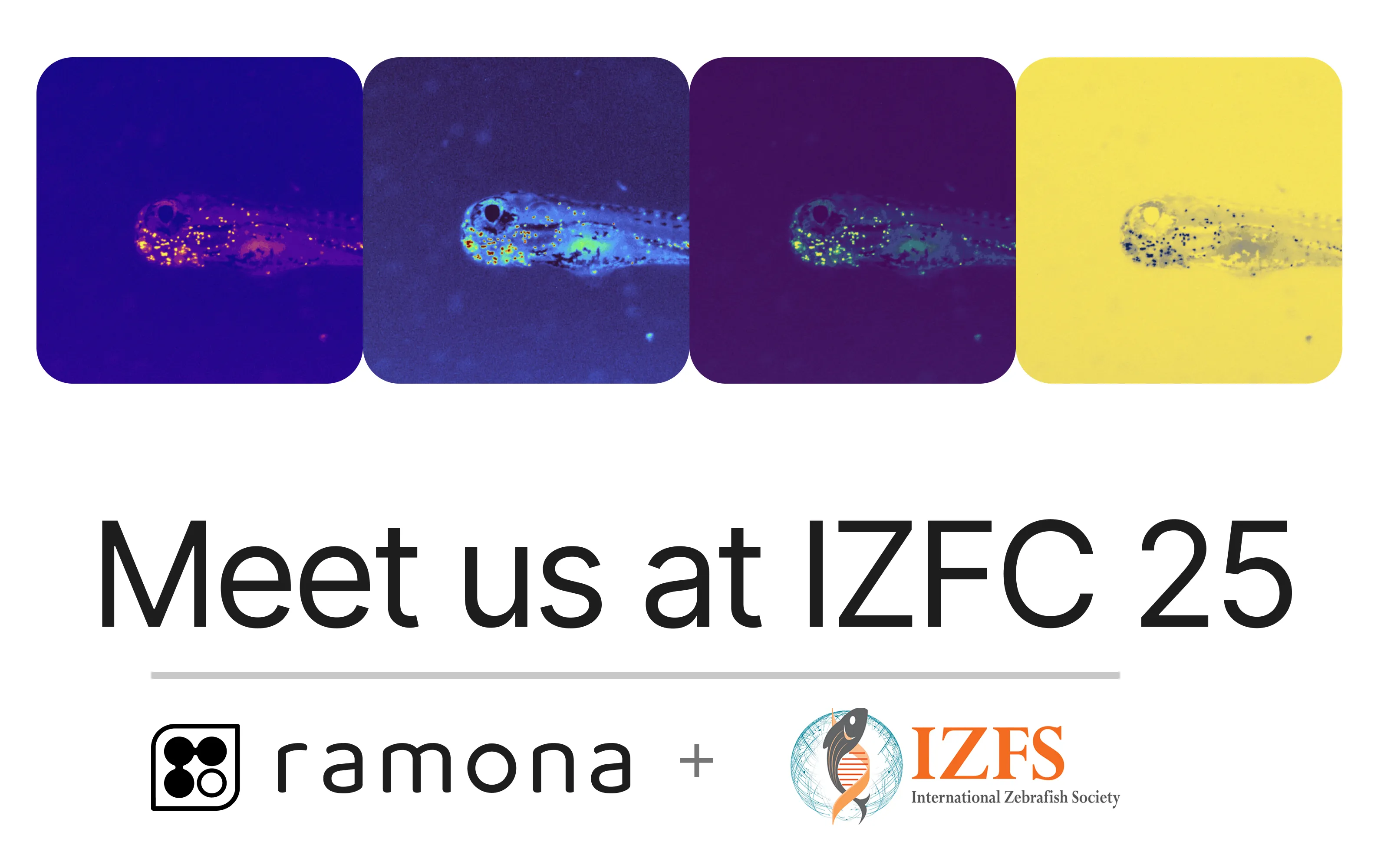Highlighted in Nature Methods: Imaging behavior with a camera array


Following a recent publication in Nature Photonics, Ramona’s Multi-Camera Array Microscope (MCAM) technology has been featured as a research highlight in Nature Methods.
https://doi.org/10.1038/s41592-023-01892-1?source=post_page-----76f0f00ffc9c
Research Highlights are informative summaries of significant research articles published in other scientific journals that showcase significant advances, innovations, or breakthroughs in various fields, particularly focusing on methods and techniques.
The original study, led by Dr. Kevin Zhou of UC Berkeley, demonstrated the successful application of MCAM technology for capturing synchronous 3D image data of small model organisms. This recognition serves to acknowledge the practical use of the technology and its potential for further advancements in microscopy and imaging research.
We’re grateful for the help promoting additional awareness of our technology within the scientific community and are excited to see how others will use the MCAM to further their own research.

Highlighted in Nature Methods: Imaging behavior with a camera array
Following a recent publication in Nature Photonics, Ramona’s Multi-Camera Array Microscope (MCAM) technology has been featured as a research highlight in Nature Methods.
https://doi.org/10.1038/s41592-023-01892-1?source=post_page-----76f0f00ffc9c
Research Highlights are informative summaries of significant research articles published in other scientific journals that showcase significant advances, innovations, or breakthroughs in various fields, particularly focusing on methods and techniques.
The original study, led by Dr. Kevin Zhou of UC Berkeley, demonstrated the successful application of MCAM technology for capturing synchronous 3D image data of small model organisms. This recognition serves to acknowledge the practical use of the technology and its potential for further advancements in microscopy and imaging research.
We’re grateful for the help promoting additional awareness of our technology within the scientific community and are excited to see how others will use the MCAM to further their own research.


